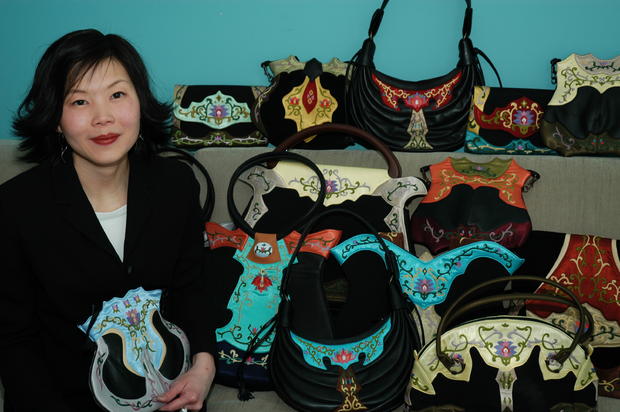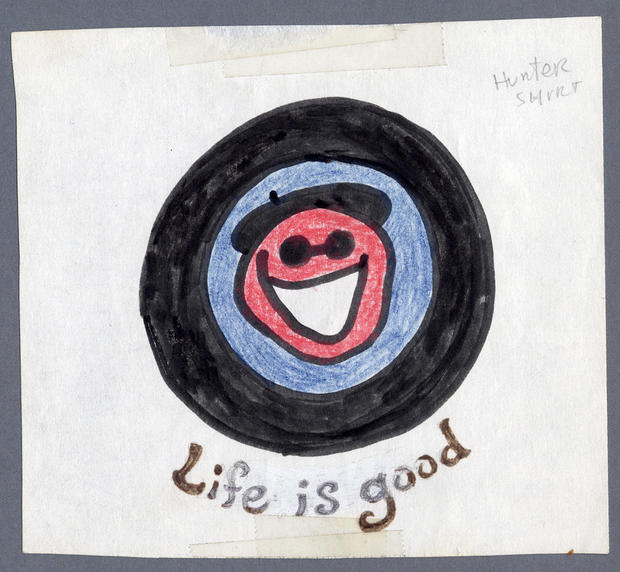How to Boost Sales by Down-Selling Your Customers
Lots of businesses have mastered the up-sell. You take a common product and give it premium characteristics with a higher price tag to match. Think of what Starbucks has done to the 50-cent cup of coffee.
In this economy, the down-sell might be a better move. Consumers may be spending again, but they're doing so cautiously and with a newfound resolve to stick to a budget. If they're giving up the bells and whistles in favor of more basic and affordable products, why not follow suit and take the "premium" out of your premium products?
It's a much trickier proposition — that's why. If you go too cheap, you risk, among other dangers, killing your profit margins and diluting your brand. Even the usually savvy marketer Martha Stewart learned this the hard way. She recently yanked her low-end Martha Stewart Everyday line of houseware items from Kmart. What was once a lucrative revenue stream for her company had become, she argued, a low-quality brand that was tarnishing her good name. "Martha Stewart has never been able to go back up to premium since Kmart," says Donald Mazzella, COO of Information Strategies Inc., a New Jersey-based small-business consultancy. "She is a commodity now."
But hang on a second. You're not Martha Stewart, and you're probably not dealing with the same economies of scale. Marketing experts say smaller businesses are better positioned to experiment with new products and new pricing more easily, and to respond more quickly to customers' feedback. If you can't sell your premium product, there's no shame in pushing low-end items to keep sales up. Just make sure that by going cheap, you don't cheapen your brand. Here are three things to keep in mind.
Give Customers Something New
You could simplify an existing product by stripping it down to its essentials, or use this economy as an opportunity to invent a completely new, cheaper product. If you’re going to try to do the latter, says George T. Haley, a marketing professor at the University of New Haven, go to your customers for clues about what they’re looking for and what they’re willing to buy. Just make sure you don’t give them exactly what they say they want — your customers probably only know what’s already out there. It’s your job to figure out what’s new.
Oovoo Designs founder Pauline Lewis launched a line of $35 cell-phone holders during the recession.
Take handbag company Oovoo Designs in Alexandria, Va. In 2008, Pauline Lewis, founder of the $500,000 company, saw sales slipping about 15 percent for her high-end bags, which are hand-stitched and embroidered in Vietnam, and sell for about $250 at boutiques. She also watched as customers picked up her cheapest product, a clutch purse for $99, and said they wished they could buy it, but couldn’t afford it now. So Lewis took immediate action. She talked to buyers at retail and wholesale trade shows and went to the boutiques selling her bags to ask customers what kind of items they needed and wanted. “First and foremost, I did not want to dilute my brand,” by simply slashing prices, she says.
From her research she came away with a new idea: a line of $35 cell-phone holders with some of the same hand-embroidered flourishes as the pricier items. Cell phones are indispensable for most women, something they reach for about six times a day, says Lewis. Moreover, the new product would skew slightly younger than the 35-and-over crowd that gravitated to her handbags. “Younger women can’t afford the $250 bag, but they love the brand so much, and they will aspire to earn or save enough to get my bigger Oovoo bag,” she adds.
The strategy ultimately offset losses for the more up-market bags. She sold about 1,500 of the cell-phone holders in 2008, and then about 2,500 the following year.
Pitch the Value
Marketing non-premium products in a down economy requires a different kind of sales pitch. “You have to work at helping people understand the value difference,” says Larry W. Cox, associate professor of entrepreneurship at Pepperdine University’s business school. You need to convey that they are still getting a valuable product, but it’s priced for the recession, and they “would be crazy not to take that offer,” says Cox. That way, customers get the message that you are looking out for their needs and you are still providing the high quality that they associate with your brand.
Lewis is subtly working that message into her new product release this year. Though she has no intention of discontinuing her cell-phone holder because she has successfully tapped a new market, she’s thinking about next steps. In 2010, she’ll push a slightly more expensive product — a casual tote priced at $60. “As the economy starts to pick up, the $99 item is not something people will necessarily buy, but they are ready to upgrade to a $60 item,” she says. The message is about “communicating to my clients that things are getting better and we would like to offer you something a little bigger, better, and brighter.”
The original Life Is Good logo.
Life Is Good, the Boston-based apparel company, learned early on that the marketing message makes all difference, especially when the non-premium product is already a commodity in the marketplace. Brothers John and Bert Jacobs started selling sports-themed and artsy t-shirts out of the back of their truck in 1989. For five years, business was pretty modest. Then, fed up with what they perceived to be a perpetually negative mood in the country, the Jacobs decided Americans needed more optimism — via t-shirts. They came up with “Jake,” a grinning stick figure, and put him on a shirt along with the phrase, “Life Is Good.” On the first day, they sold 50 shirts in the first 45 minutes to everyone from skate punks and schoolmarms to hardcore Harley Davidson fans. “Our strategy is to be inclusive, not exclusive, with the message,” says Bert Jacobs, CEO of the $100 million company. At $30 a shirt, the price isn’t exclusive either, although Jacobs says now the company can go the other direction and up-sell customers with a premium $60 product.
Know Your Brand
Down-selling customers won’t work for every company, particularly if the brand image depends on an air of high-end exclusivity to differentiate it from competitors. Hangar 1 Vodka, for example, which BNET featured in a recent video, says that moving down-market would shatter its $9 million business, which rests on presenting its $39 vodka as an artisanal product. Hangar 1 justifies the premium price point by touting the all-natural ingredients and the made-by-hand manufacturing process. Plus, the company can continue to charge more, in part, because vodka falls into a lifestyle category where people are willing to pay based on perception of the product. “I will often buy a more expensive product even when it functionally does the same thing as a cheaper one, if it is a brand I have more confidence in,” explains Pepperdine’s Cox.
While sales in 2009 fell about 17 percent for the Ukiah, Calif.-based company, sales were down about 40 percent for Hangar 1’s competitors, according to co-founder Ansley Coale. He says he has no intention of going down-market, ever. “Nobody stopped drinking Starbucks,” he says. “They’re just not drinking as a much.”

